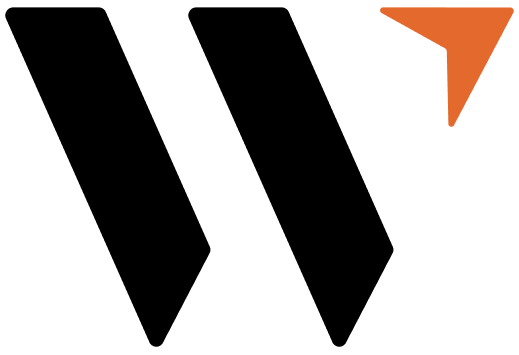About Brett
Hi, I’m Brett Clanton, a software developer whose contagious passion for excellence has helped me find high-level success in the tech industry. Now I want to use that same passion to help you get your project off the ground.
I’ve spent the bulk of my professional career at Calendly, a scheduling software company I joined when it was still a small startup. It’s now used by over 10 million people and valued at $3 billion.
My time at Calendly
I began in 2014 as the young company’s first successful technical hire. Our founder and CEO Tope Awotona, a Railsware contractor named Alex Chaplinsky, and I made up the original product team. We quickly started building out team functionality on the core product. At that point, it only supported individual users, the ability to charge users was only a few months old, and google calendar was the only supported calendar.
I pride myself on the ability to identify promise when an idea is in its infancy, even when others are failing to see that promise. It took us a while to attract more technical hires at Calendly. Most of the local developers we interviewed were overlooking the project’s potential. Through these trying early days, I never lost confidence in the company, for two main reasons:
No critical mass problem - Calendly did not require any number of users to be useful to an individual. For many years, we would put off network effect features without issue, because it was not an important part of our value proposition.
Inherently viral - By using the product, our customers and free-tier users were advertising Calendly for us. An anonymous user selecting a time and scheduling for a meeting achieved their “aha” moment even before signing up. Therefore, we spent minimal time, energy, and money on marketing and sales efforts, because we simply didn’t need to.
This was beautiful. I have seen so many startups fail because they lack these strengths. Either they needed users to have any value at all, or the marketing costs to get those users proved unsustainable. Calendly had a streamlined business model, and none of the developers that I talked to seemed to appreciate it.
No matter how great an idea is, it takes the right team to turn it into a reality. As ours began to grow, my high standards for quality spread to the people around me and fostered an environment of continuous improvement and innovation.
Throughout these early years, I wore many hats to fill in the gaps before we could find the right hires to take on specific responsibilities. Whatever challenge I was presented, I efficiently got to the root of the issue, and used first principles thinking to unearth novel solutions.
To get the ball rolling on Calendly’s early features, I split my time between Development and Design until we hired a full-time designer: Felix Hu. From there, our founder Tope trusted me with taking over his Quality Assurance responsibilities. While maintaining my title of Lead Engineer, I slowly got more involved with Product Management, and began contributing to the architecture of the application.
I also honed my skills as a team leader during this time. I onboarded and trained an official QA team, starting with an early hire, Amanda Trenev. I led two software teams at a time, and interviewed and brought on Engineering Managers. Andrew Terris was our first great hire.
Eventually I became an official Product Manager, and I ran the “core” team that managed around 80% of the site’s features and functionality. I managed countless feature additions and changes and took on large-scale efforts as well, like the IA redesign of the entire customer-facing application or the migration of the scheduling interface to React.
At one point, detected spammers trying to utilize our site to bypass email spam filters. This was a very serious issue for us, because we couldn’t solve for this in the traditional ways without compromising the product’s main value (we wouldn’t require users to sign up before booking a meeting). Instead, I built several versions of a spam detection and mitigation system that grew in complexity over time.
Being responsible for a large team and overseeing intricate challenges is not for the faint of heart, but I approached it with a clear vision and a steady hand. These experiences awakened a new passion for mentoring and empowering others. I realized that I could encourage my team members’ professional growth by sharing my own knowledge and promoting a culture of open communication and collaboration.
My knack for leadership served me well as I moved from Product Manager to Application Architect and guided a dozen different software teams at once.
Until we could make the right hires for all the teams, I personally built out Business and Product Analytics tools and disciplines. And Even after the dedicated team was in place, I considered site reliability a critical responsibility of mine, and I remained on-call for any outage or service degradation.
By the time I was ready to move on from Calendly, I helped the company grow from two employees to more than 500; our annual recurring revenue (ARR) climb from $97K to over $100 million; and a valuation of under $1 million skyrocket past $3 billion—an accomplishment so rare, the company’s known as a “tech unicorn.”
I look back at my experiences in Calendly with fondness and pride. We built software that people loved because it gave them their time back and they knew they could trust our system to do its job well.
These days, I’m bringing the same holistic approach that helped Calendly succeed to the world of consulting. I work with clients, not only to address their immediate concerns, but also position them for long-term success. Whether leading a team or working one-on-one, my ultimate goal is to unlock the potential in each project and person I work with and deliver results that exceed expectations.








